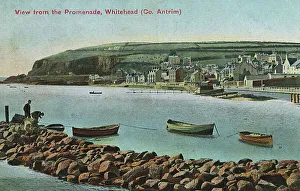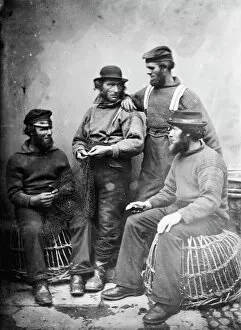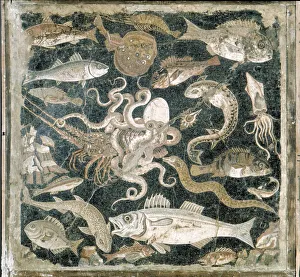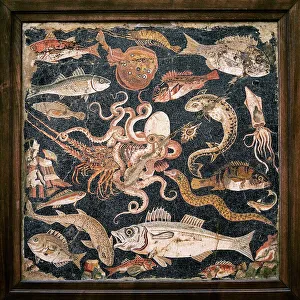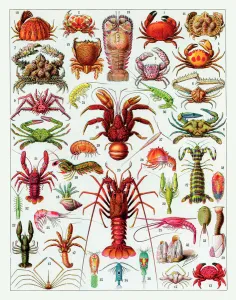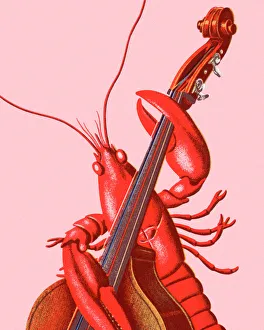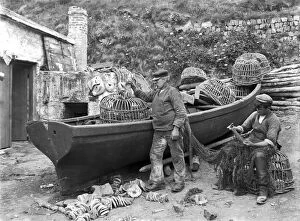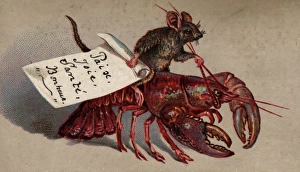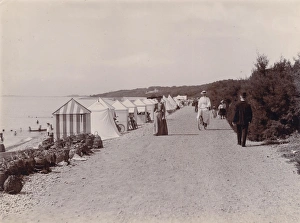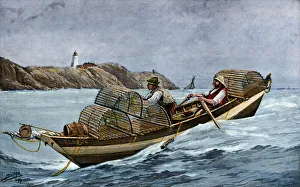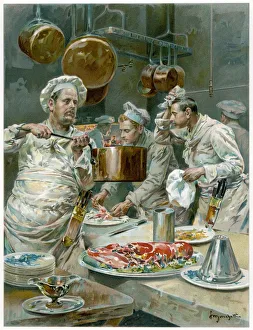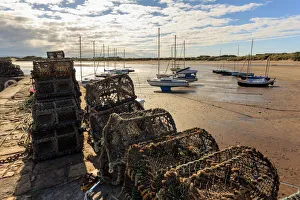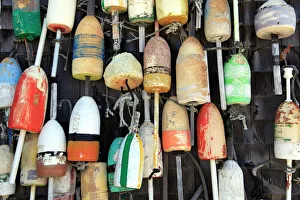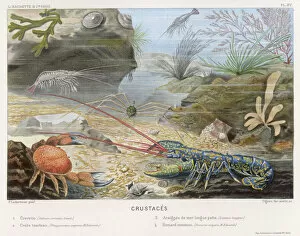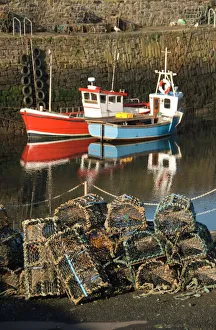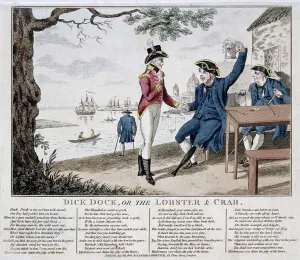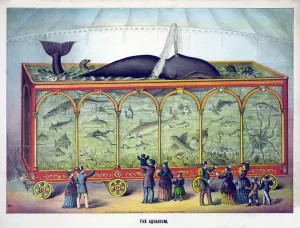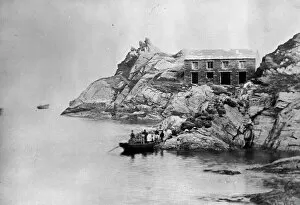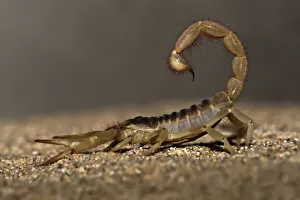Lobster Collection
Lobsters are a type of crustacean animal, found in oceans around the world
Choose a picture from our Lobster Collection for your Wall Art and Photo Gifts
1,228 items
All Professionally Made to Order for Quick Shipping
-
Lobster Collection
Lobsters are a type of crustacean animal, found in oceans around the world. They have a hard exoskeleton and two large claws, which they use to catch food and defend themselves and can grow up to three feet long and live for up to 50 years. They feed on fish, mollusks, worms, and other small animals, and are an important part of the ocean's ecosystem as they help keep the water clean by eating dead organisms that would otherwise decompose on the ocean floor. In addition to being eaten as seafood they can also used for research purposes in laboratories around the world due to their long lifespan and ability to regenerate lost limbs or organs.
+
Our beautiful pictures are available as Framed Prints, Photos, Wall Art and Photo Gifts
Media Storehouse offers a stunning collection of wall art and framed prints featuring the Lobster, one of the most fascinating crustacean animals. Our collection showcases high-quality images that capture the beauty and uniqueness of these creatures in their natural habitat. From close-up shots that reveal intricate details to panoramic views that showcase their vibrant colors, our collection has something for everyone. The Lobster collection includes a wide range of images, including photographs taken by renowned wildlife photographers from around the world. Each piece is carefully curated to ensure it meets our high standards for quality and authenticity. Whether you're looking to add some color to your home or simply love marine life, our collection is sure to impress. With its diverse range of styles and sizes available, there's something for every taste and budget. So why not bring a little bit of the ocean into your space with one of these beautiful lobster prints?
+
What are Lobster (Crustaceans Animals) art prints?
Lobster art prints are a collection of high-quality images depicting the crustacean animal, lobster. These prints showcase the beauty and unique features of lobsters in various settings and angles. They are created using advanced printing techniques that ensure they retain their original colors and details for an extended period. These art prints come in different sizes, allowing you to choose one that suits your preferences or space. You can also select from a range of framing options to complement your decor style. Lobster art prints make excellent wall decorations for seafood restaurants, beach houses, or any space with a nautical theme. In addition to their aesthetic value, these prints can also serve as educational tools for marine biology students or anyone interested in learning more about lobsters. We offer an up-close look at the anatomy and behavior of this fascinating creature. Lobster art prints are a beautiful way to bring nature into your home or workspace while celebrating one of the ocean's most iconic creatures.
+
What Lobster (Crustaceans Animals) art prints can I buy from Media Storehouse?
We offer a wide range of Lobster art prints that are perfect for any home or office decor. These prints feature high-quality images of these crustacean animals in various settings and styles, including vintage illustrations, modern photography, and abstract designs. Some popular options include close-up shots of lobsters' unique features such as their claws and antennae, as well as depictions of them in their natural habitats like the ocean floor. Other prints showcase the vibrant colors and patterns found on different species of lobsters. Whether you're looking to add a pop of color to your walls or simply appreciate the beauty of these fascinating creatures, we have something for everyone. With a variety of sizes and framing options available, it's easy to find the perfect lobster art print to suit your style and space.
+
How do I buy Lobster (Crustaceans Animals) art prints?
To purchase Lobster art prints from Media Storehouse, you can browse our extensive collection of artwork online. Once you have found a print that you like, simply add it to your cart and proceed to checkout. You will be prompted to enter your shipping and payment information before finalizing your order. We offer a variety of sizes and framing options for their art prints, so be sure to select the one that best suits your needs. We also offer a range of other marine life artwork if you are interested in expanding your collection. If you have any questions or concerns about the ordering process or specific artwork, we have a customer service team available to assist you via email or phone. With high-quality printing techniques and stunning imagery, purchasing Lobster art prints from Media Storehouse is an excellent way to bring the beauty of these creatures into your home or office space.
+
How much do Lobster (Crustaceans Animals) art prints cost?
We offer a wide range of Lobster art prints that are available at varying prices. The cost of these prints depends on several factors such as the size, quality, and type of print you choose. We have a variety of options to suit different budgets and preferences. Our Lobster art prints come in various sizes ranging from small to large formats. You can select your preferred size based on where you intend to display the artwork. Additionally, our prints are available in different qualities including standard paper or canvas material. The price for each print is determined by its unique features such as the level of detail and color vibrancy. However, rest assured that all our Lobster art prints are competitively priced without compromising on quality. We strive to provide affordable yet high-quality Lobster art prints that cater to everyone's needs and budget constraints.
+
How will my Lobster (Crustaceans Animals) art prints be delivered to me?
Your Lobster art prints will be delivered to you in a safe and secure manner. We take great care in packaging your artwork so that it arrives at your doorstep undamaged. The prints are carefully rolled up and placed inside a sturdy tube, which is then sealed with protective caps on both ends. We use reliable courier services to deliver your artwork straight to your door. You can track the progress of your delivery using the tracking number provided once we dispatch the package. Our team takes pride in ensuring that every customer receives their order promptly and efficiently. If for any reason there are delays or issues with delivery, our customer service team is always available to assist you. You can expect a hassle-free experience when receiving your Lobster art prints from Media Storehouse. We strive to provide exceptional service from start to finish so that you can enjoy beautiful artwork in the comfort of your own home.

